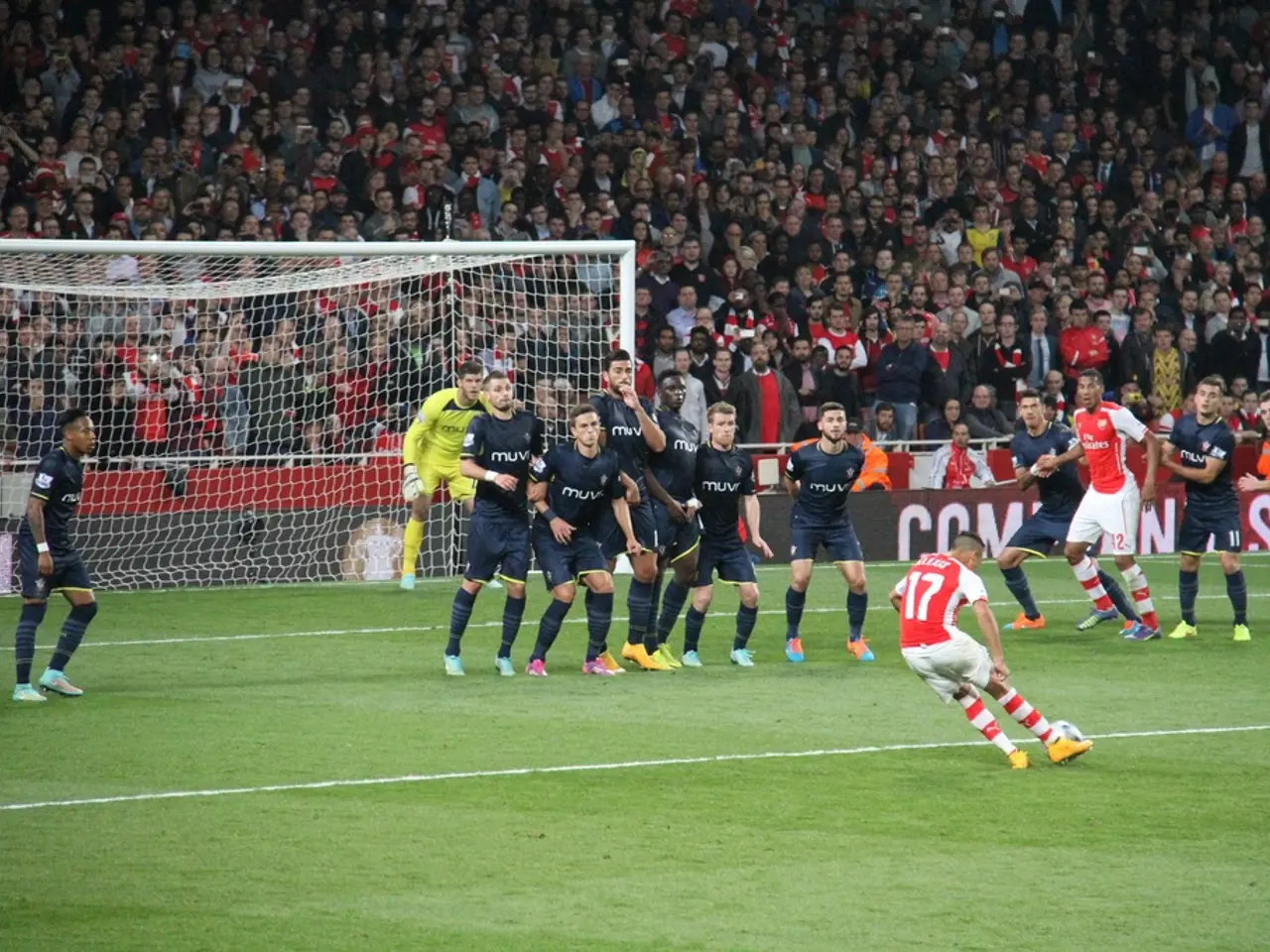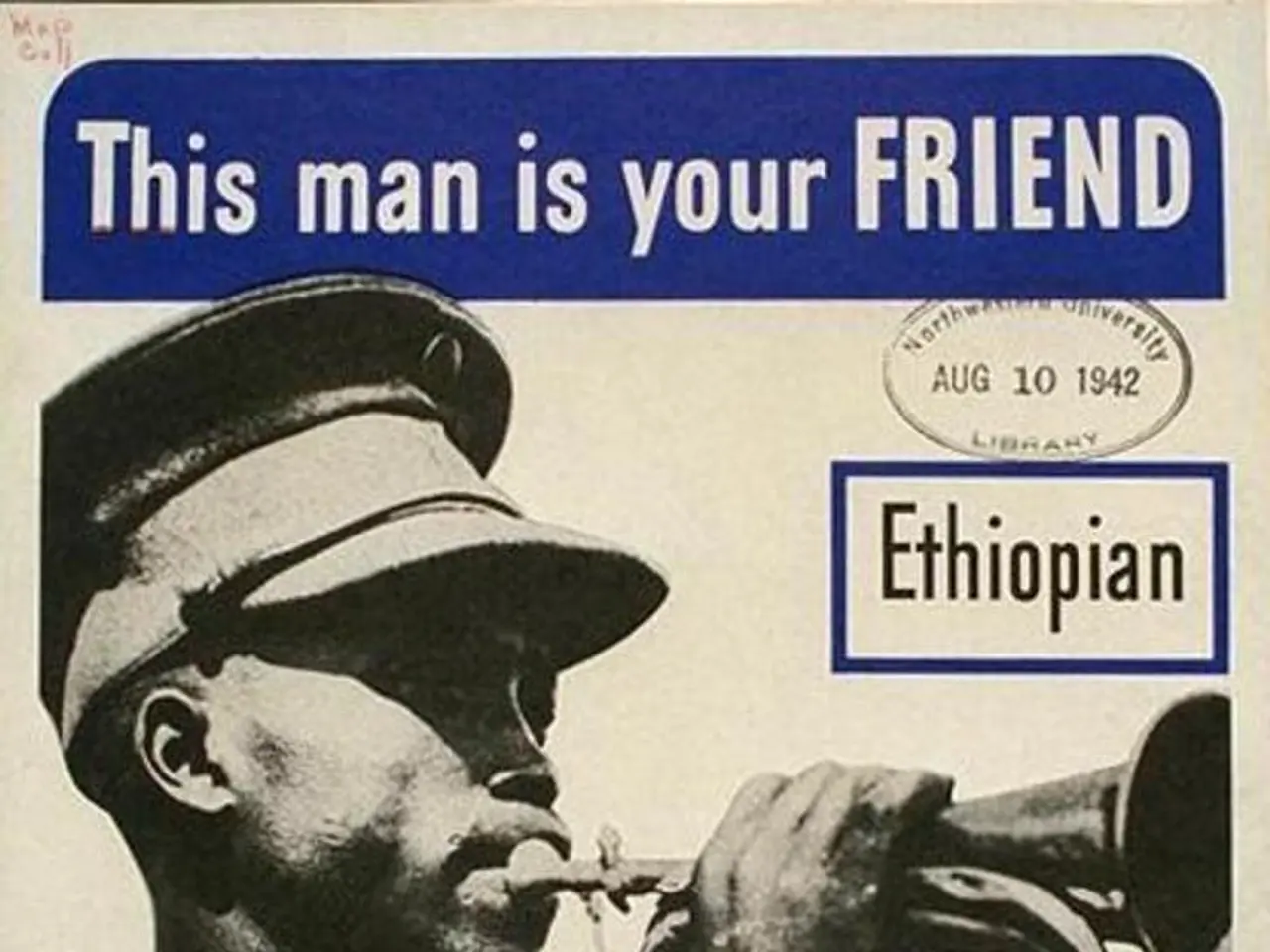Steep decline in beer sales - Brewers' Association attributing consumer austerity as a significant contributing factor - Request for a comprehensive justification for the decrease in beer sales volume by the Commission
Germany's Beer Sales Continue to Decline Amidst Challenging Conditions
Germany's beer sales are experiencing a significant downturn, with per capita consumption and production levels dropping steadily over the past decade. According to recent statistics, total beer consumption in 2025 was 8.3 billion liters, a 7% drop compared to the previous year [1].
Several factors are contributing to this decline. Demographic and cultural shifts, such as increased health consciousness and a growing preference for non-alcoholic beverages among younger generations, are reducing beer consumption [1]. Germany's aging population and the presence of Muslim immigrants, who generally abstain from alcohol, are also contributing to the trend [1].
The COVID-19 pandemic has further exacerbated the situation. The pandemic has led to changes in social behavior, with fewer gatherings in pubs and beer gardens and more activities moving online, resulting in a decrease in on-premise beer sales [1]. Although some recovery was expected post-pandemic, consumption has not rebounded to previous levels.
Economic pressures are also playing a role. Inflation and rising costs are reducing disposable income, putting financial pressure on breweries and consumers alike [1][2]. German brewers are facing higher input costs, and despite a growing number of breweries, production volumes are shrinking.
Geopolitical risks and trade uncertainties are also impacting the German beer industry. Russia has surpassed Germany as Europe's largest beer producer due to increased domestic production prompted by Western sanctions related to the invasion of Ukraine [2][3]. This geopolitical context has disrupted trade flows and local production dynamics within the EU and neighboring regions.
The German beer industry is also facing increased competition from global markets like China, the US, Brazil, and Mexico [2][3]. The emergence of non-alcoholic and craft beers in Germany reflects changing consumer tastes, but these trends have not yet offset the overall decline in consumption and production.
The German Brewers' Association, based in Wiesbaden, has expressed concern over these challenges. The Association described the year as "extremely challenging" due to high cost pressure [1]. In the first half of the year, four out of five (81.9%) of the total beer sales were for domestic consumption, with a 6.1% decrease. The remaining beer (18.1%) went abroad or was dispensed duty-free as house wine, with a 7.1% decrease [1]. Exports to EU countries shrank by 5.0% in the first half of the year, while exports to third countries declined by 9.9% [1].
The USA is the second largest third-country market for German brewers. However, the EU-USA trade agreement may further pressure exporting German breweries [1]. The statement was made by the German Brewers' Association, and they believe that the cost increases can only be partially offset through food trade price increases [1].
Despite these challenges, there is a glimmer of hope. Non-alcoholic beers and beer mixed drinks saw an eight percent increase in the first half of the year, although they were not included in the statistics mentioned earlier [1]. This trend suggests that there may be opportunities for the German beer industry to adapt and innovate in response to changing consumer preferences.
In conclusion, the German beer industry is facing a complex environment of declining consumption, economic pressures, and geopolitical risks. However, the industry's resilience and ability to adapt to changing circumstances offer hope for a more sustainable future.
References: [1] German Brewers' Association (2025). Press Release: First Half-Year Figures for Beer Sales in Germany. Retrieved from www.bier-info.de [2] German Brewers' Association (2024). Position Paper: Challenges Facing the German Beer Industry. Retrieved from www.bier-info.de [3] European Commission (2024). Impact Assessment: Proposed EU-USA Trade Agreement. Retrieved from ec.europa.eu
In the face of Germany's struggling beer industry, the German Brewers' Association has acknowledged the first half of the year as "extremely challenging" due to high cost pressure [1]. Amidst this, there's a promising trend emerging, with non-alcoholic beers and beer mixed drinks experiencing an eight percent increase [1], possibly indicating a demand for innovation in response to shifting consumer preferences.
Despite Germany's aging population, rising costs, a diminishing on-premise beer market due to the COVID-19 pandemic, increased competition from global markets, and geopolitical risks such as trade uncertainties and the emergence of Russia as Europe's largest beer producer [2][3], the German beer industry's resilience and capacity to adapt offer hope for a sustainable future.








